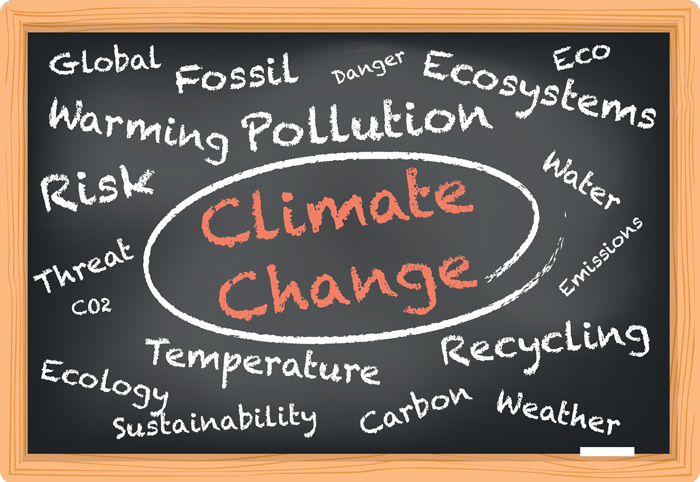By Katy Farber
Moms Clean Air Force
What your child learns about climate change at school depends on where you live. PreK-12 science standards are, in large measure, decided at the state level. That means what your child learns about climate change, or does not, can vary wildly in the United States.
States that teach climate change, states that do not teach climate change, and how they voted:

The Next Generation Science Standards have been adopted by 18 states and the District of Columbia. These standards have their disciplinary core ideas with clear links between climate change and human activity, and feature middle school student standards:
“Global Climate Change:
- Human activities, such as the release of greenhouse gases from burning fossil fuels, are major factors in the current rise in Earth’s mean surface temperature (global warming). Reducing the level of climate change and reducing human vulnerability to whatever climate changes do occur depend on the understanding of climate science, engineering capabilities, and other kinds of knowledge, such as understanding of human behavior and on applying that knowledge wisely in decisions and activities. (MS-ESS3-5)”
Here are a few states that now have standards in place. They acknowledge human activities as the driver of climate change, and urge students to use the scientific data to inform their thinking and decision-making:
Nebraska
Meanwhile, some states not part of the Next Generation Science Standards, have included climate change in their standards, although in many cases in a cursory way. The state of Nebraska recently voted to include climate change in science standards for the first time, asking students to “evaluate the validity and reliability of climate change” and to (via the Omaha record) “analyze geoscience data and the results from global climate models to make an evidence-based forecast of the current rate and scale of global or regional climate changes.”
While this is a big first step for Nebraska, some think it did not go far enough. The Lincoln Journal Star’s editorial board, for instance, noted:
“There is no reason — zero — that denying climate change needs to be affiliated with politics. Facts should be as apolitical as science, and students must be taught the critical reasoning skills and facts that will allow them to become educated, contributing and productive adults.”
The editorial board goes on to say:
“Those who aren’t acknowledging and actively seeking to slam the brakes on this threat are permitting it to continue. This is one of those rare cases where black and white are the only options: If you’re not for combating climate change, you’re standing against addressing a major global concern.”
Alaska
Meanwhile, in Alaska, where they are not using the Next Generation Science Standards, a group of teenagers is taking the situation into their own hands. The teens sent a petition to the Department of Environmental Conservation to strengthen its climate change policy.
Texas
The Business Insider has a map of what states adopted NGSS standards and how they voted in the 2016 election. It shows that Texas recently passed a law that gives teachers more freedom in how they teach science content and standards. Many see this as a move to undermine climate science and education by letting teachers make a false equivalence between the science behind climate change and climate denialists.
Worldwide
The United Nations, in partnership with UNICEF, developed 17 Global Goals that all students, organizations, schools and governments should be working towards. These are wide and expansive goals for 2030 and range from ending poverty, to improving maternal and infant health, or providing clean water for all. These are being used as a platform for relevant, service and project based learning with students as part of a movement called The World’s Largest Lesson and Teacher Sustainable Development Goals (#teachSDG on Twitter).
Among these standards, climate action is Goal 13. Schools are connecting to each other via Twitter, Flipgrid, and other technology tools to share information, projects and ideas about reaching these goals. So while the United States varies in its response to climate change, teachers and students are taking the lead and using the U.N. Global Goals as a springboard for learning, action, and communication on climate change
What is your child learning about climate change? Ask at your local school:
- Has this school adopted NGSS? Why or why not?
- Are any teachers connecting students to the U.N.’s Global Goals?
- What are your plans to include climate science in your curriculum?
Project based learning and service learning are current innovative pedagogies that can give students a way to learn deeply, then take action on complex problems such as climate change, while empowering and engaging them along the way.
Teachers and parents: Students need age-appropriate teaching and learning that is informed by scientific research. As a country we owe it to our children to teach the science of climate change.



